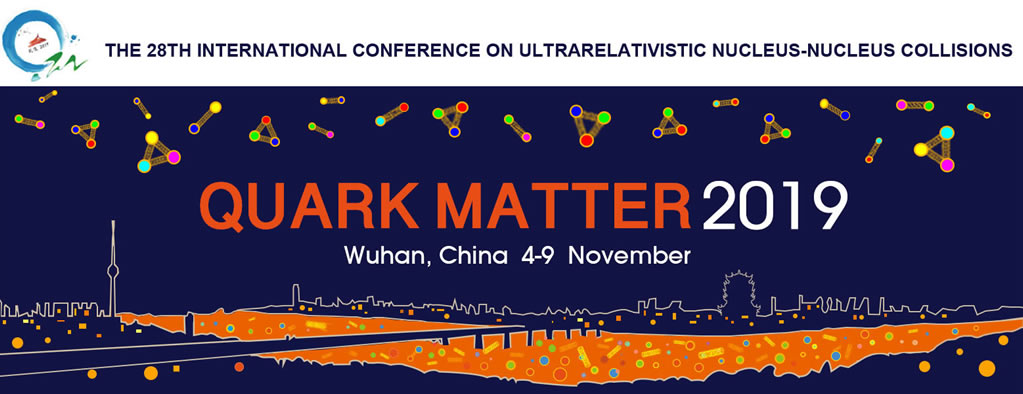Speaker
Description
Measurements of the production cross sections of heavy quarkonia, namely J/$\psi$ and $\psi$(2S), in hadron-hadron collisions provide valuable information about yet unsolved questions of Quantum Chromodynamics. The Solenoid Tracker At RHIC (STAR) is a major high-energy nuclear physics experiment at the Relativistic Heavy Ion Collider. Its Muon Telescope Detector, which provides trigger and identification capability for muons, enables to study quarkonia in the $\mu^{+}$$\mu^{-}$ decay channel which is less affected by bremsstrahlung energy losses in detector materials.
In this poster, we will present the measurements of the production cross sections of the J/$\psi$ and $\psi$(2S) mesons, as well as the $\psi$(2S) to J/$\psi$ yield ratio as a function of $p_{T}$ via the $\mu^{+}$$\mu^{-}$ decay channel in p+p collisions at $\sqrt{s}$ = 510 GeV from data recorded in 2017 by the STAR experiment. It is the first measurement of $\psi$(2S) as a function of $p_{T}$ from STAR experiment. The results will be compared with various theoretical models including Next-to-Leading Order NRQCD, Improved Color Evaporation Model, and Color Glass Condensate effective theory with the NRQCD formalism.
